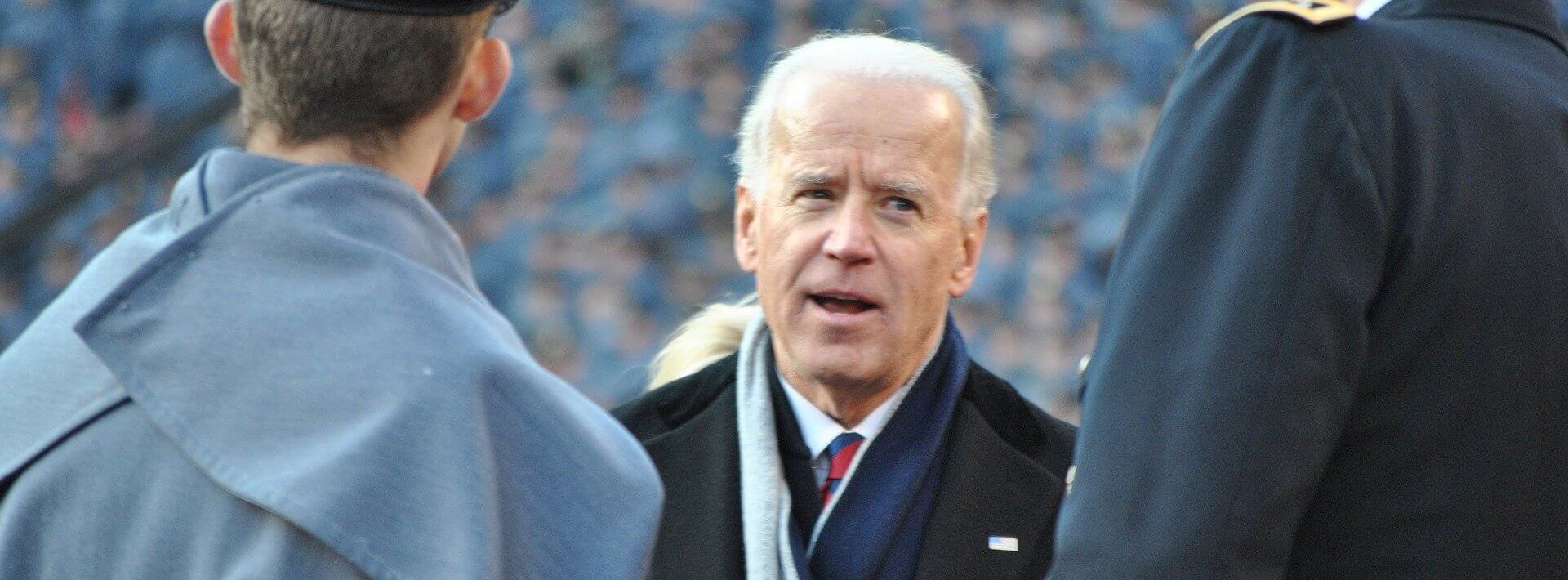Student-centric advice and objective recommendations
Higher education has never been more confusing or expensive. Our goal is to help you navigate the very big decisions related to higher ed with objective information and expert advice. Each piece of content on the site is original, based on extensive research, and reviewed by multiple editors, including a subject matter expert. This ensures that all of our content is up-to-date, useful, accurate, and thorough.
Our reviews and recommendations are based on extensive research, testing, and feedback. We may receive commission from links on our website, but that doesn’t affect our editors’ opinions. Our marketing partners don’t review, approve or endorse our editorial content. It’s accurate to the best of our knowledge when posted. You can find a complete list of our partners here.
Finding the Best Student Loan Interest Rates

 By
Will Geiger
By
Will Geiger 
Will Geiger is the co-founder of Scholarships360 and has a decade of experience in college admissions and financial aid. He is a former Senior Assistant Director of Admissions at Kenyon College where he personally reviewed 10,000 admissions applications and essays. Will also managed the Kenyon College merit scholarship program and served on the financial aid appeals committee. He has also worked as an Associate Director of College Counseling at a high school in New Haven, Connecticut. Will earned his master’s in education from the University of Pennsylvania and received his undergraduate degree in history from Wake Forest University.
Full BioLearn about our editorial policies

Gabriel Jimenez-Ekman is a content editor and writer at Scholarships360. He has managed communications and written content for a diverse array of organizations, including a farmer’s market, a concert venue, a student farm, an environmental NGO, and a PR agency. Gabriel graduated from Kenyon College with a degree in sociology.
Full BioLearn about our editorial policies

Maria Geiger is Director of Content at Scholarships360. She is a former online educational technology instructor and adjunct writing instructor. In addition to education reform, Maria’s interests include viewpoint diversity, blended/flipped learning, digital communication, and integrating media/web tools into the curriculum to better facilitate student engagement. Maria earned both a B.A. and an M.A. in English Literature from Monmouth University, an M. Ed. in Education from Monmouth University, and a Virtual Online Teaching Certificate (VOLT) from the University of Pennsylvania.
Full BioLearn about our editorial policies

As you search for student loans to fund your college education, interest rates are one of the first things to consider when deciding between your options. Understandably, you’ll want to find the lowest possible student loan interest rates to ensure that you won’t be repaying more than you need to. Even a small increase in interest can lead to a huge additional amount of repayment over the lifetime of your loan.
So, what are the best student loan interest rates out there? In short – you’ll likely never find a better interest rate than those offered to you by the Federal Direct Loans. However, there is a limit on the amount of these loans students can take out per year. So, in this guide, we’ll help guide you through what to look for if Federal Direct Loans do not cover all of your need to borrow.
Learn more: Best student loans for students
How does interest work?
As a student taking out loans for your first time, you may not be entirely clear on how interest rates work. Basically, interest rates are the way that lenders make money by lending money to borrowers. Rather than charging a set fee, they make their fee a yearly percentage of the amount borrowed. If your interest rate is 5%, your amount owed will increase by 5% of your total balance every year.
Since this charge is a function of the total amount owed, you’ll be charged less the less that you owe. For example, a student with $100,000 in loans and a 5% interest rate will pay an additional $5,000 in the first year for their loans. But, if they pay off half their loan, they will be left with a balance of $50,000. That means that in that year, they will only pay $2,500 in interest. As you pay off more and more of your loan, the amount of interest you’re paying will steadily decrease each year.
Related: Student loan definitions
Fixed vs. Variable Rates
Aside from the actual percentage, one factor to look out for in student loan interest rates is whether they are fixed or variable. Fixed interest rates remain constant over the lifetime of a student loan. On the flipside, variable rates fluctuate with the general interest rates in the market. All federal student loans come with fixed interest rates, whereas some private loans are fixed and others are variable.
Generally, fixed income rates offer a more reliable repayment experience to the borrower. Although they may be put at a disadvantage if interest rates fall, borrowers always have the option to refinance their loans to take advantage of new lower interest rates in the market. Conversely, variable rates tend to offer slightly lower rates at the time of taking out the loan than fixed.
Also see: All about Subsidized vs. Unsubsidized loans
Typical best option: Federal Direct Loans
We’ll start with the cream of the crop: Federal Direct Loans. These include both Subsidized and Unsubsidized Stafford Loans. Interest Rates for Direct Loans First Disbursed on or After July 1, 2023, and Before July 1, 2024 are as follows:
| Loan Type | Borrower | Fixed Interest Rate |
| Direct Subsidized Loans and Direct Unsubsidized Loans | Undergraduate | 5.50% |
| Direct Unsubsidized Loans | Graduate or Professional | 7.05% |
| Direct PLUS Loans | Parents and Graduate or Professional Students | 8.05% |
Subsidized vs Unsubsidized Federal Direct Loans
As you look at Federal Direct Loans, you may notice that undergraduate loans come in two different editions. These are Subsidized and Unsubsidized. Although their interest rates are the same, Unsubsidized Loans will end up gathering less interest throughout their lifetime. This is because Unsubsidized Loans do not accumulate interest while their borrower is still in school. So, that’s several years without interest gathering, all of which is saved by the borrower.
Also see: Federal Stafford Loans: Everything you need to know
Private student loan interest rates
Although federal student loans come with universal interest rates for all students, private loans are a different story. Each lender has different student loan interest rates, and many even offer individualized interest rates to different applicants based on their credit history. So, as you consider private loans, the key to finding the best interest rates is to cast a wide net and shop around.
You’ll want to compare as many different lenders as possible and get quotes from different possible servicers. One of the best ways to do so is utilizing a student loan marketplace. These services allow you to view a wide array of private loan options side-by-side and choose the best one for you. Oftentimes, you can secure a much lower interest rate as a student if you can find a co-signer.
What to consider apart from interest rates
When it comes to taking out loans, most students’ top priority is to minimize the total amount they have to repay. Understandably, this is one of the biggest factors in most students’ decisions. But it’s worth noting that it shouldn’t be the only deciding factor. Students should also consider things like repayment options, the possibility of forgiveness, and relief during periods of economic hardship. Here is a rundown of some other factors to consider when taking out loans.
Repayment plans
Different types of loans offer different types of repayment plans to accommodate lenders. Federal loans typically have the widest array of options, including income-driven repayment, extended plans, graduated plans, and Saving on a Valuable Education (SAVE) Plan. Borrowers can switch between these plans as their situation dictates, and some can allow borrowers to make very low payments per month during periods of economic hardship. These plans will cause more interest to accumulate, but apart from that, impose no penalties on their borrowers, and cause no damage to their credit score.
Private loans, on the other hand, vary by lender, but typically do not offer such flexible options. During periods of economic hardship, it’s generally much harder to work out a flexible repayment plan with a private lender than with a public one. Borrowers might find themselves impacted by additional penalties and even damage to their credit score if they cannot continue to make standard monthly payments.
However, this is not a be-all-end-all rule. Some private lenders may have more generous repayment policies than others. Make sure to carefully read the terms and conditions of a loan before choosing one.
Forgiveness options
If you are entering a career path that might qualify you for forgiveness, it is probably a good idea to give federal loans a bit more weight than private loans. Unlike private loans, federal loans are eligible for forgiveness programs such as PSLF. If you’re considering entering a public service field, be it teaching, nursing, firefighting, military service, or others, make sure to consider federal loans in order to gain eligibility to have your loans forgiven after ten years of service.
Repayment flexibility
From June 2022 to October 1, 2023, no federal student loans required payments or accrued interest due to the COVID-19 pandemic. In times of national crisis, the government is able to lighten the load on borrowers by instituting interest-free forbearance. However, this pause only applies to federal loans.
So, when considering which loan to take out, it’s good for students to remember that federal loans are more forgiving during times of crisis. Conversely, most private lenders have continued to require payments and charge interest during this period of economic instability.





